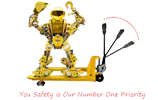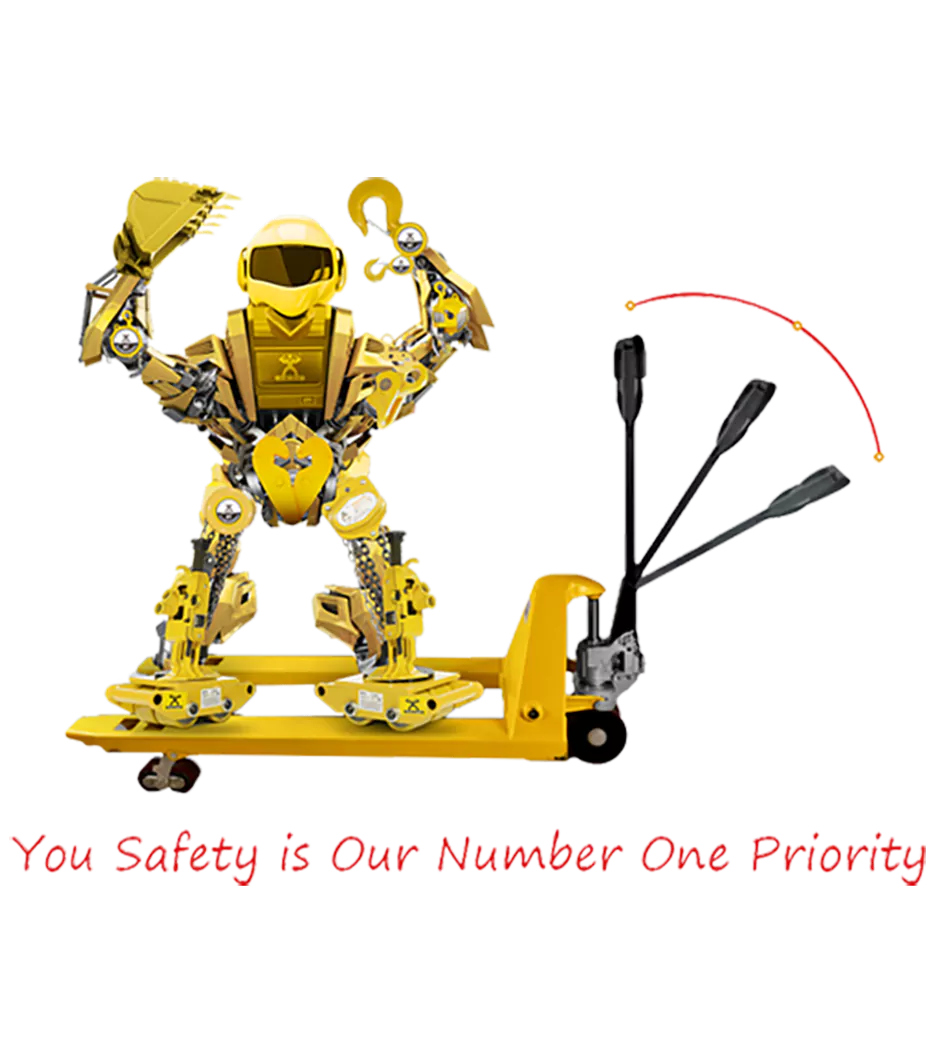A pallet stacker is a type of machinery used in warehouses and factories. Its primary purpose is to move stock from one place to another quickly and efficiently. Pallet stackers can be manual or powered by hydraulic power units. Here’s a look at each type. This article will help you decide which one is right for your warehouse or factory. Weigh the pros and cons of each type so you can make an informed decision. And don’t forget to read our pallet stacker reviews!
Manual pallet stackers
A manual pallet stacker is an excellent choice for operations that require large numbers of pallets to be stacked. They are highly versatile and can handle a wide range of transport distances. In addition, they can reduce manoeuvring and loading time, making them a great choice for businesses that require long hauls. Listed below are some pros and cons of manual pallet stackers, and how to choose the right one for your business.
The forks of a manual pallet stacker are moved by an operator pushing a control lever on the handle down. This triggers the hydraulic system that raises the forks. Some pallet stackers have an additional motor that powers the wheels, allowing the operator to drive the stacker rather than pushing it. This option is especially useful for smaller warehouses or small-scale operations. But, it is important to consider safety factors when purchasing a manual pallet stacker.
Standard walkie stackers
The standard walkie stacker is a simple pallet stacking machine that is powered by electricity and is available in different capacities. Its lift height is 177 inches and the battery is easily replaceable. It can also be used as a low speed pallet stacker and is equipped with sidearms for greater versatility. This stacker is ideal for warehouses and other applications where pallets must be stacked frequently and a long distance travel is required.
Standard walkie stackers are ideal for indoor use. Their small wheels and easy maneuverability make them suitable for indoor applications. You don’t need a forklift license to operate one, and you don’t need to worry about accidents. They are cheaper to run than other materials handling vehicles, and their low operating costs make them an environmentally-friendly choice. They also have low emissions, reducing their carbon footprint.
Stackers on wheels
There are several types of stackers on wheels available for pallet storage. Electric stackers use batteries that are connected to a hydraulic power unit that lifts and lowers the forks. They are also designed to be used in tight spaces, and their low tiller position ensures that the operator can work safely and easily around the stacker. Electric stackers are easy to operate, as their controls are located within the tiller head, ensuring fatigue-free operation.
Electric models are more convenient for most businesses. There are two main types of electric pallet stackers: classic and self-propelled. Classic models move through the warehouse with muscular strength. Self-propelled models have an electric motor that lifts the load. The capacity ranges between three and six tons. Electric stackers are generally not recommended for drop-free spaces, as they can only operate on a flat, solid surface.
Stackers with hydraulic power units
Stackers with hydraulic power units have a large tank that holds 600 lb of oil. These power units have a valve for a single or dual pressure and are designed for use in the Petrochemical Extraction industry. Their internal gear pump and 11 kW electric motor work with a 200 bar pressure. They can operate intermittently or repeatedly. They must be protected from moisture and treated with care when in transport and storage.
Gongyou have more than 20 years experience in production , exporting and after-sale service .



